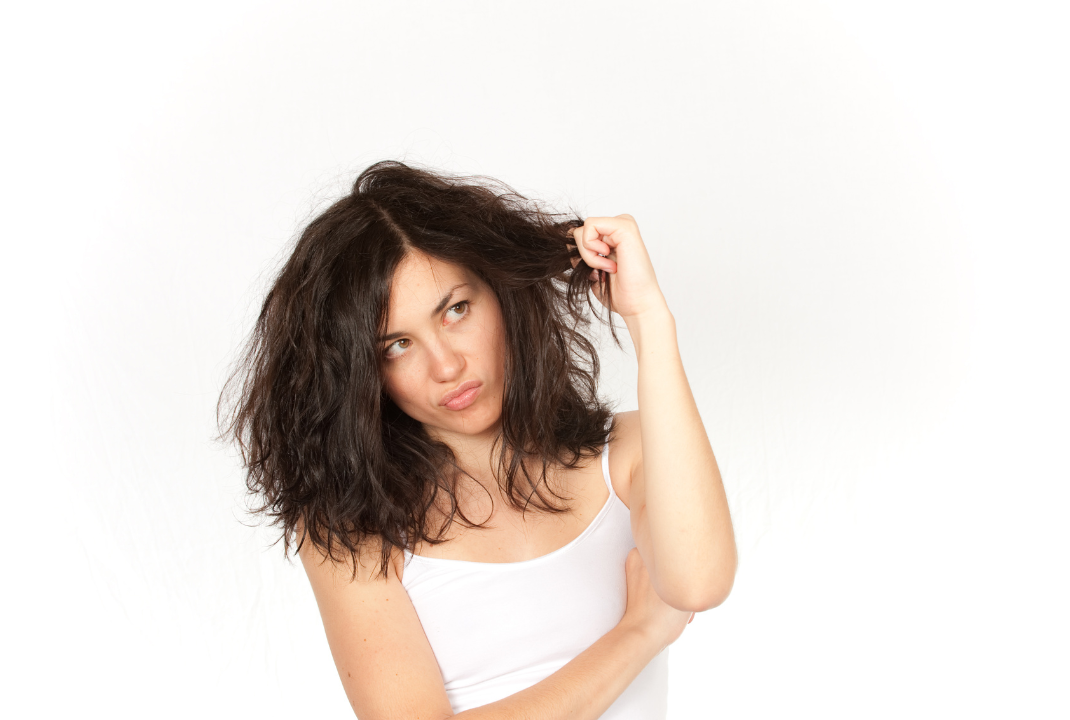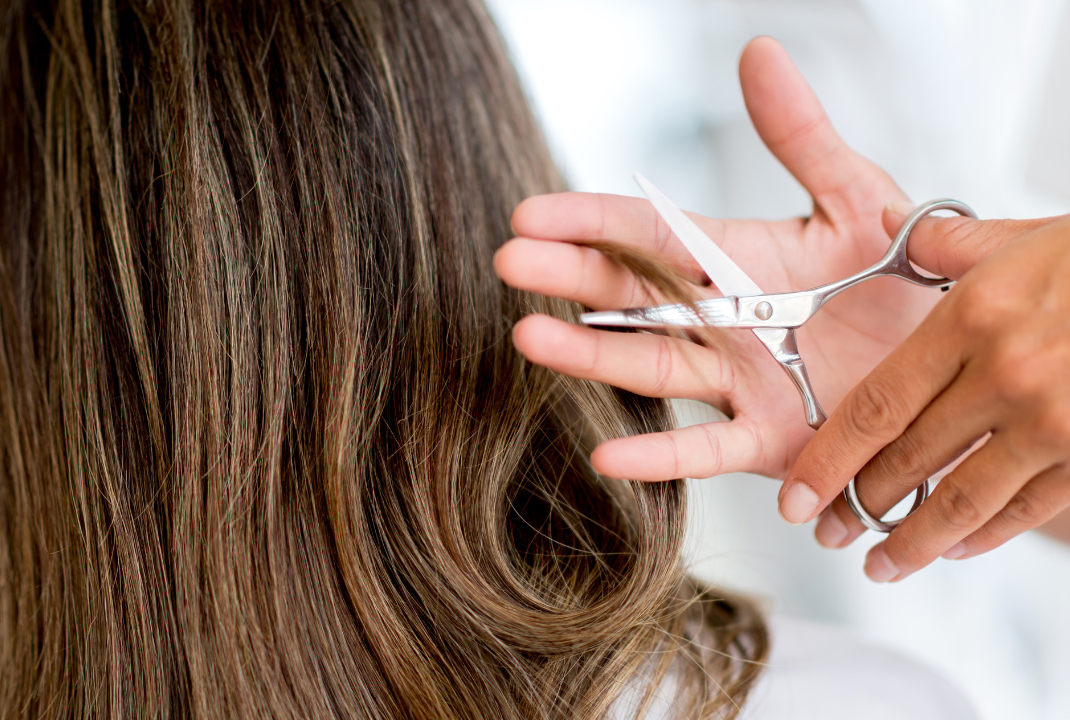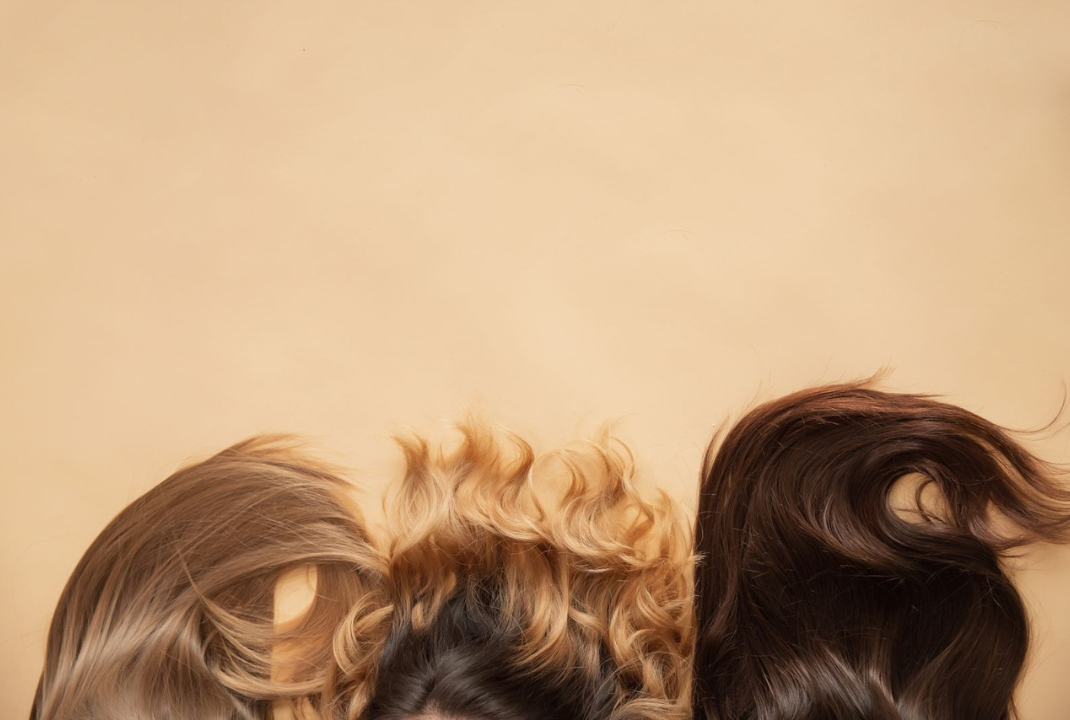Don't let dryness and damage cramp your autumn vibes. This guide breaks down the difference between dry and damaged hair so you can look and feel your best all season long.
Fall is in the air, and so is the frizz. Suddenly, those sun-kissed locks feel dry, brittle, and downright unruly.
Are they dry? Damaged? Is there a difference between dry hair and damaged hair? Turns out, there is.
As experts in haircare technology, YA-MAN is committed to helping you nurture your hair back to its healthiest state.
So, light that pumpkin spice candle and cozy up in your favorite sweater. Today, we’ll discuss the differences between dry and damaged hair, plus our go-to fixes for each.
What is Dry Hair?
Dry hair lacks moisture and needs hydration.
Moisture fortifies your hair’s natural elasticity so it can bend and move without breaking. It also keeps your cuticles (the outer layer of your hair) soft and smooth.
Your scalp needs moisture, too. The more hydrated it is, the better it balances your natural oils. This prevents itching and flaking that hinders hair growth and contributes to an unhealthy environment for your follicles.
So, what triggers dryness?
Causes of Dry Hair

Dry hair can develop for a variety of reasons, both internal and external. The main culprits include:
- Your environment (dry air, low humidity, etc.)
- Overwashing
- Heavy sulfates or alcohols
- Excessive heat without thermal protection
- Hard water with too many minerals
- Genetics (i.e., if a relative struggled with dry hair, you might have a predisposition for dryness)
- Aging
- Hormonal fluctuations
- Nutritional deficiencies
- Chronic stress
Signs of Dry Hair
It’s easy to confuse dry hair and damaged hair because the signs are so similar. Here’s what dry hair typically looks and feels like:
- Dull or lifeless
- Rough and unruly
- Frizzy and prone to flyaways
- Knots and tangles easily
- Prone to breakage
- Difficult to manage and style
- Itchy or flaky scalp
Can hair be dry but not damaged? Absolutely! While dryness can be a precursor to damage, it's important to distinguish between the two for the best approach.
One way to do that?
Dry hair test
Drop a few clean strands of hair into a cup or bowl of water. The quicker they sink, the more porous your hair and the more hydration it needs.
How to Treat Dry Hair: 4 Tips
The ultimate fix for dry, thirsty locks is – you guessed it – a nice dose of hydration.
Here are some ways to give your strands the moisture they crave:
1. Choose gentle shampoos
Harsh shampoos (like clarifiers) strip away your hair’s natural oils and worsen dryness. Opt for sulfate-free formulas that cleanse gently while delivering essential moisture.
2. Deep condition regularly
Deep conditioners are like a tall glass of water for your strands. They penetrate deep into the shaft, replenishing lost moisture and leaving your hair soft and supple.
3. Style intentionally with heat
Poor heat styling habits (like using the highest temperature or subpar tools) can further dehydrate hair and invite more damage. You can shield your hair against heat damage with a trusted heat protectant like our Moist Hold Repair Oil, which locks in moisture and repairs the hair cuticles.
Consider swapping to trichologist-recommended tools, like our award-winning Spa Styler® Blow Dry + Scalp Massage, to mitigate dryness and keep hair healthy. Just read Kelly’s transformation:

4. Hydrate from within
Drinking plenty of water, along with a healthy diet rich in vitamins and minerals, helps support your hair’s moisture balance from the inside out.
So, where does damaged hair fall on the dry hair spectrum?
What is Damaged Hair?
While dry hair craves moisture, damaged hair grapples with a deeper issue: a compromised structure.
Imagine your hair's cuticle as a series of overlapping scales. When healthy, they lie flat and create a smooth, protective barrier. When they’re damaged, however, they become raised and jagged, like shingles ripped off a roof.
Not only does this create friction and tangles, but it leaves the inner layers of your hair exposed and vulnerable.
Causes of Damaged Hair
Dry hair is a temporary setback, but damaged hair means a weakened foundation in need of rebuilding.
Here are the usual suspects behind compromised hair health:
- Poor hair care habits (over or under-washing, not detangling, heat styling without proper protection, or using products not made for your hair type)
- Tight hairstyles, rough towel-drying, and aggressive brushing (especially when hair is wet)
- Harsh chemical treatments (like hair dyes, perms, or relaxers)
- Environmental factors (like the sun, pollution, or harsh weather)
- Underlying health conditions (like thyroid disorders or nutritional deficiencies)
Signs of Damaged Hair
So, what are the biggest differences between damaged hair vs. healthy hair? Here’s what to look for:
- Rough, raised cuticle with gaps and cracks
- Dull, lifeless look with minimal shine
- Excess breakage and shedding
- Lots of frizz and split ends
- Loss of elasticity and bounce
- Difficulty styling, even with product
So, how do you know if your hair is damaged and not dry? If you often ask yourself questions like:
- Why is my hair rough or frizzy all the time?
- Why is my hair stretchy, brittle, or fragile?
- Why does my hair break or snap when styling?
- Why does my hair look dull even after conditioning?
- Why do I have a healthy scalp but lifeless strands?
…chances are you have damaged hair. But how can you confirm it?
Damaged hair test
The stretch test can also help you distinguish between dry hair and damaged hair.
Take a strand of wet hair and gently stretch it between your fingers. If it snaps quickly with minimal stretch (indicating protein loss) or stretches excessively without returning to its original shape (indicating moisture loss), you have your answer.
How to Treat and Repair Damaged Hair: 3 Tips

A compromised mane needs more strategic care than hair that simply lacks moisture.
Here’s how to fix damaged hair and nurse your locks back to health:
1. Try a reparative hair mask
Shampoo and conditioner are the foundation of any hair care routine, but damaged strands need extra TLC. A reparative treatment can provide specialized nourishment that struggling hair needs.
Our top pick? The YA-MAN Deep Moist Repair Treatment combines heat-activated Keratin with deeply hydrating oils to restore your hair's natural beauty and revitalize your tresses.
Give your hair a breather
Detox your locks from excessive heat, chemical treatments, and even the elements (suede cowboy hat, anyone?) until it’s had some time to recover.
Consult your stylist
Consult your hairdresser and let them suggest the best remedy for dry, damaged hair. Some professional services (like hair botox or formaldehyde-free keratin) deliver instant smoothness and repair to damaged strands.
Self-care and hair repair? Sign. Us. Up.
YA-MAN: Fall in Love with Your Hair Again

When it comes to navigating dry hair and damaged hair, context matters.
Step 1? Know the root and severity of your hair's condition.
Step 2? Give your hair what it craves, whether it’s a simple boost of hydration or a more intensive repair regimen.
Step 3? Take action now to embrace sweater weather with hair that’s better.
Dry, brittle, and falling? Leave that to the Autumn leaves.



